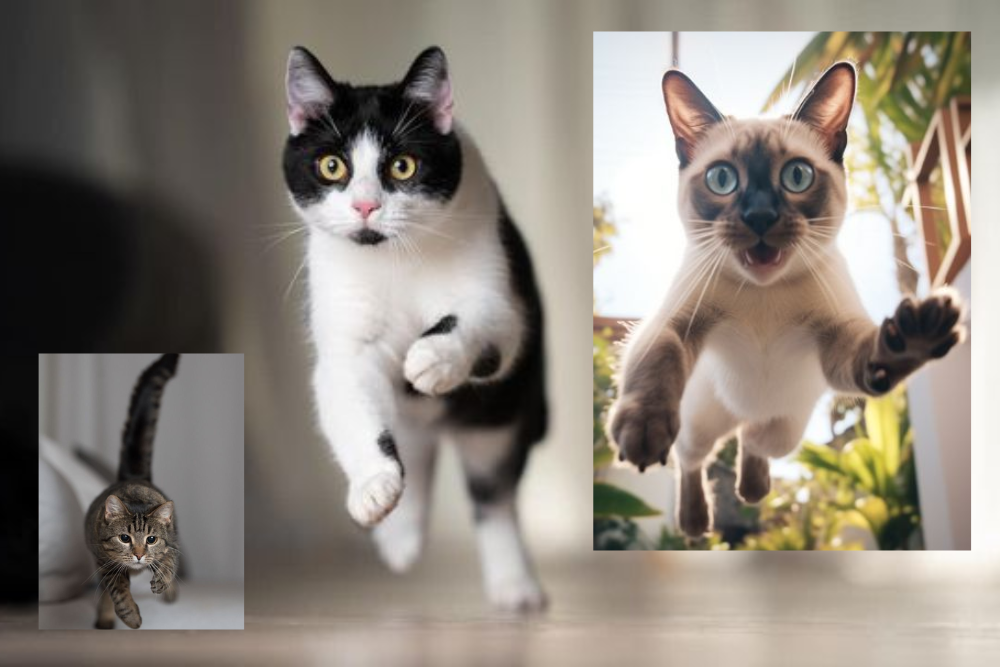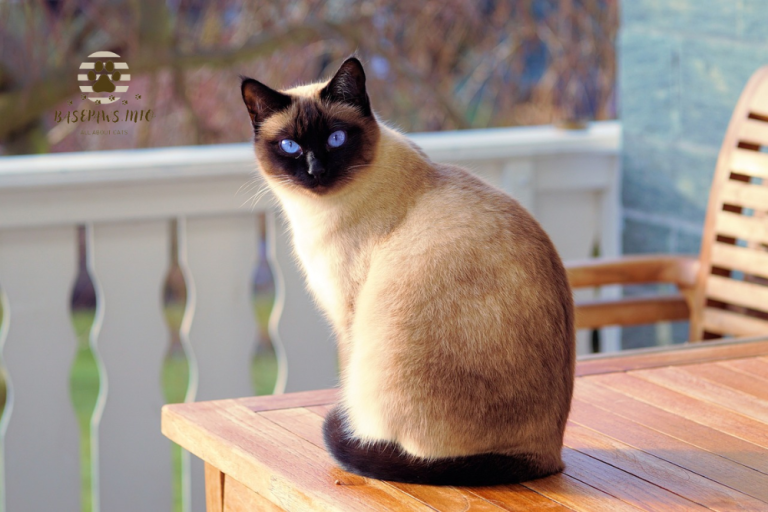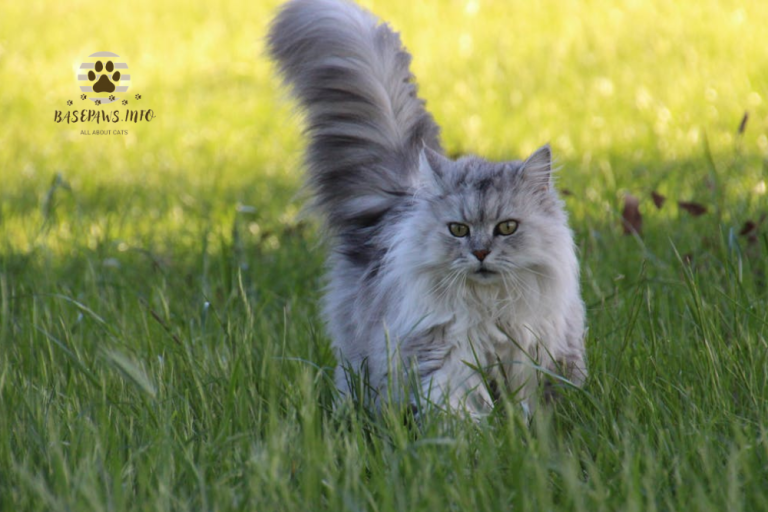Understanding and Managing Your Cat Zoomies: A Complete Guide
As a cat owner, you’ve probably experienced those sudden bursts of energy when your cat dashes around the house for no apparent reason. These frantic episodes, often known as cat zoomies, can be puzzling, especially when they occur in the middle of the night. This might leave you wondering, Is something wrong with my cat? Should I be concerned? Fortunately, zoomies are usually a normal part of cat behavior, but understanding their cause can help you manage them better.
Find out everything you need to know about cat zoomies—what they are, why they happen, and when they might signal a problem. You’ll also learn how to manage and reduce zoomies, particularly at night, ensuring both you and your furry friend can enjoy restful sleep. Whether your cat’s zoomies are due to excess energy, playful instincts, or something else, we’ll offer solutions that are easy to implement.
What Are Cat Zoomies?
Cat zoomies, also referred to as frenetic random activity periods (FRAPs), are sudden bursts of high energy where cats race around your home. One moment, your cat is calm, and the next, they’re darting across the room, leaping onto furniture, or running in circles. Zoomies are normal for both young and older cats, though they may seem random or even alarming at first.
Common Causes of Cat Zoomies
Zoomies can be triggered by a variety of reasons. While they are mostly harmless, knowing the cause can help you manage them more effectively.
1. Pent-Up Energy: How Excess Energy Triggers Zoomies
Cats are natural predators that need regular physical and mental stimulation to stay happy and healthy. If your cat spends too much time indoors without enough playtime or interaction, they may accumulate excess energy. Zoomies are often their way of burning off that built-up energy.
2. Post-Potty Zoomies: Zooming After Using the Litter Box
You may have noticed that your cat sometimes races around immediately after using the litter box. This behavior, although strange, is more common than you might think. Some cats just feel a burst of energy after relieving themselves.
3. Vagus Nerve Stimulation: Biological Explanation Behind Post-Poop Zoomies
One explanation for post-potty zoomies is vagus nerve stimulation. This nerve runs from the brain to the colon, and for some cats, the act of defecating triggers this nerve, resulting in an energetic dash around the house.
4. Instinctual Behavior: Zoomies as a Part of Natural Hunting and Escape Instincts
Cats are both hunters and prey in the wild, and their zoomies may be a way to practice these instincts. Dashing around the house mimics the chase of a hunt or an escape from danger, cat behaviors deeply ingrained in their DNA.
5. Fun and Playfulness: When Cats Zoom for Entertainment
Sometimes, zoomies are simply a sign that your cat is having fun. Cats can be playful, and running around your home might just be a way for them to entertain themselves, especially if they’re feeling excited.
6. Pain or Discomfort: Zoomies Due to Acute Pain or Discomfort
In some cases, zoomies could be a sign of discomfort or irritation, particularly if your cat’s frantic behavior is accompanied by unusual body language. If the zoomies are followed by limping, vocalization, or licking a specific area of their body, consider consulting your vet to rule out health issues.
When Should You Be Concerned About Cat Zoomies?
While zoomies are generally harmless, they can occasionally signal a more serious health problem. Pay attention to any accompanying symptoms, such as changes in appetite, behavior, or weight. Here are some health-related reasons to keep in mind:
1. Hyperthyroidism
Older cats with hyperthyroidism may exhibit sudden bursts of energy due to an overactive thyroid. If you notice symptoms such as weight loss, increased appetite, or frequent drinking alongside zoomies, it’s a good idea to have your vet check your cat’s thyroid levels.
2. Anxiety and Stress
Zoomies can also be triggered by anxiety or stress. Cats are sensitive creatures, and changes in their environment—such as a new pet, moving to a new home, or even a different feeding schedule—can lead to stress-induced zoomies. If your cat seems skittish or nervous, reducing their stressors can help alleviate the behavior.
3. Sensory Loss
Cats experiencing a loss of hearing or sight might become startled more easily, causing them to run frantically in response to their disorientation. If your older cat suddenly becomes more erratic with their zoomies, a check-up with the vet might reveal underlying sensory issues.
4. Fleas and Allergies
Flea infestations or skin allergies can cause itching and discomfort, leading to restless behavior like zoomies. If your cat is scratching excessively or seems to be zooming around after grooming sessions, check their skin for signs of irritation or fleas. Give your cat a flea bath.
5. Other Skin Conditions
Other skin conditions, such as dermatitis, can cause similar discomfort, making your cat zoom around to escape the irritation. If you notice red or inflamed patches on your cat’s skin, visit your vet for a proper diagnosis.
How to Manage and Reduce Cat Zoomies
Zoomies, while entertaining, can be disruptive if they occur at inconvenient times. Here’s how to manage and reduce zoomies effectively:
1. Play and Exercise: Preventing Zoomies by Expending Energy During the Day
The best way to prevent cat zoomies is by ensuring your cat gets enough play and exercise throughout the day. Regular playtime helps to burn off your cat’s energy, reducing the likelihood of zoomies later on. Use toys that encourage them to chase, pounce, and jump—this will not only tire them out but also satisfy their hunting instincts.
2. Playtime Scheduling: Adjusting Playtime to Manage Nighttime Zoomies
Playing with your cat in the evening can help tire them out before bedtime. However, avoid playing with them right before bed, as this can overexcite them and lead to more zoomies. Schedule playtime a couple of hours before you plan to sleep to help your cat settle down.
Managing Nighttime Zoomies
Managing your cat’s nighttime zoomies can be challenging, especially if they happen just as you’re settling down for bed. Here’s a helpful table outlining effective strategies to manage those late-night bursts of energy:
| Tip | Description |
|---|---|
| Regular Play | Engage in short play sessions throughout the day to help your cat burn off energy before bedtime. |
| Scheduled Evening Playtime | Set aside time for an active play session in the evening to help channel your cat’s energy before they go to sleep. |
| Puzzle Feeders | Use puzzle feeders to provide mental stimulation and slow down mealtime, making it less likely for your cat to zoom afterward. |
| Calming Environment | Create a cozy, calm environment in your home at night to help signal to your cat that it’s time to wind down. |
| Structured Play | Ensure your cat has the chance to “hunt” and “kill” toys during playtime, which can satisfy their natural instincts. |
| Comfortable Sleep Space | Provide a comfortable sleeping area for your cat, encouraging them to settle down when it’s time to sleep. |
| Limit Stimulants | Avoid engaging in overly stimulating activities close to bedtime, such as loud noises or exciting games. |
By implementing these strategies, you can help reduce your cat’s nighttime zoomies, allowing both of you to enjoy a more restful night. Remember, a little planning goes a long way in managing those late-night bursts of energy!
Zooming After Litter Box Use
Zooming after using the litter box is common, but it could also signal discomfort. Here’s what to look out for:
- Digestive and Bowel Concerns: If your cat appears to be in pain or discomfort while using the litter box, or if zoomies occur after every bowel movement, consult your vet to rule out any digestive issues.
- Litter Box Issues: Cats are sensitive to their litter box environment. They may dislike the litter type or the box’s location, leading to zoomies as a way of escaping discomfort. Try changing the litter or moving the box to a quieter, more private space to see if the behavior changes.
Should You Stop Cat Zoomies?
In most cases, there’s no need to stop your cat’s zoomies. They are a natural outlet for your cat to release pent-up energy. However, if zoomies are paired with other symptoms—like excessive vocalization, limping, or stress—it’s worth a vet visit to ensure there’s no underlying issue.
Tips for Dealing with Cat Zoomies
Dealing with your cat’s zoomies can be a mix of entertainment and frustration, especially when it happens late at night. Fortunately, there are ways to handle and even minimize these bursts of energy in a fun and healthy way. Here are some simple and effective tips to manage your cat’s zoomies:
- Puzzle Feeders
These are a fantastic way to keep your cat both mentally and physically engaged while they eat. Instead of just scarfing down their food in a regular bowl, puzzle feeders require your cat to “work” for their meal. This not only slows down their eating but also helps burn some energy and satisfies their natural hunting instincts.
- Interactive Toys
Cats love to chase, pounce, and stalk. Invest in interactive toys like feather wands, laser pointers, or battery-operated toys that move on their own. Playing with your cat using these toys allows them to get rid of that pent-up energy, preventing random cat zoomies later on.
- Cat-Friendly Plants
Catnip or other cat-safe plants like silver vine can provide a stimulating and calming effect for your cat. Just a bit of catnip can send your cat into a playful frenzy, which is an easy way to help them burn off energy.
- Rotate Toys to Keep Things Fresh
Cats can get bored easily with the same toys, leading to frustration or zoomies as they try to entertain themselves. Keep things exciting by rotating your cat’s toys regularly. A toy that was put away for a few weeks will feel like a brand new plaything when reintroduced.
- Add Vertical Spaces or Tunnels
Cats love to climb and explore new spaces. Adding shelves, tunnels, or even cardboard boxes around the house can give your cat new territory to explore, reducing the need to zoom around out of boredom. These areas can serve as mental and physical stimulation hubs.
- Stick to a Routine
Cats thrive on routine. Try to schedule regular playtimes, feeding times, and quiet times to help regulate their energy throughout the day. If your cat knows when to expect play and when to relax, they’re less likely to start zooming at odd hours, like 3 a.m.
Zoomies are a natural part of your cat’s behavior, whether they’re releasing pent-up energy, following their instincts, or simply having fun. By understanding the reasons behind the zoomies and managing them with regular play and exercise, you can reduce any disruption they may cause. In most cases, cat zoomies are harmless and simply part of your cat’s quirky personality. However, if you notice any unusual symptoms alongside the zoomies, it’s always best to consult your vet for peace of mind.
Embrace your cat’s zoomies as a sign of their playful and active nature—they’re just another aspect of what makes your feline companion unique!







